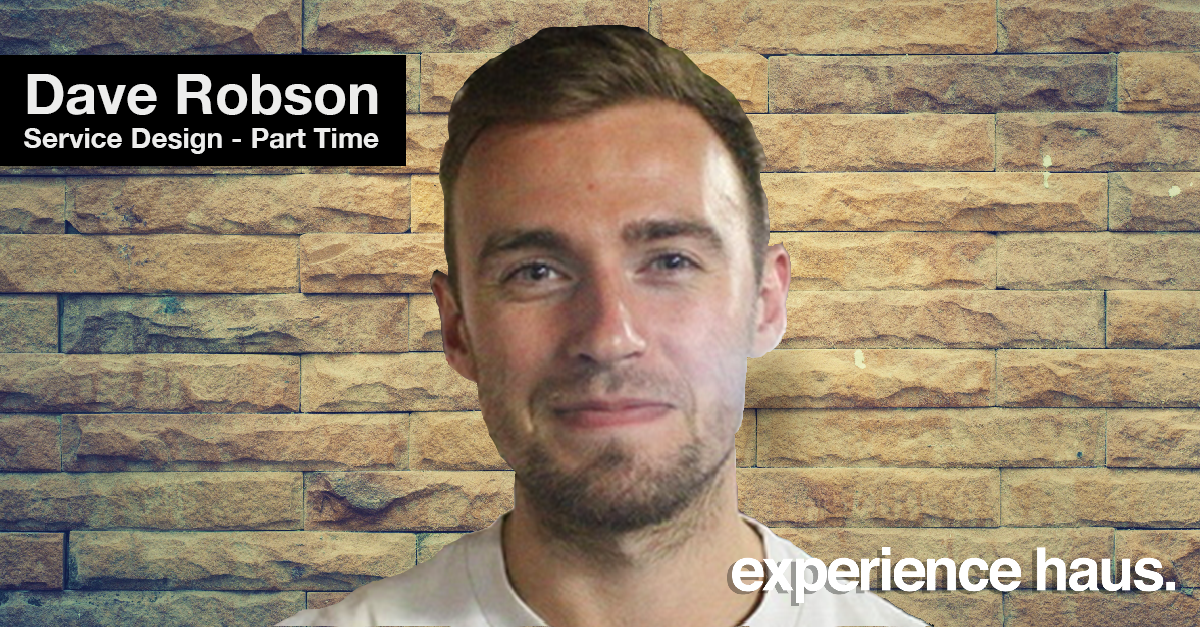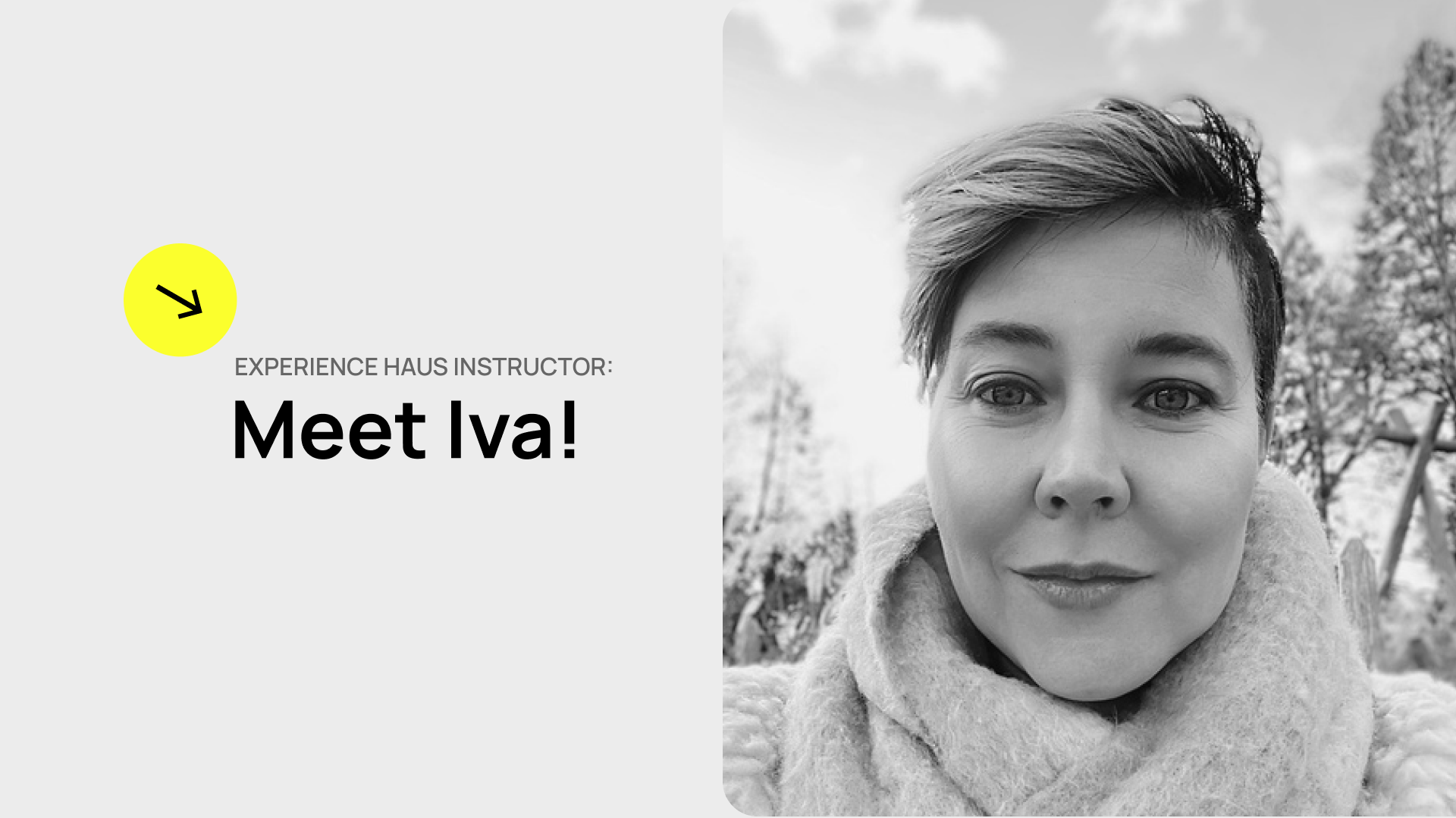Student Success Story: Dave Robson
Looking back before you joined the course at Experience Haus, can you tell us a little bit about what you were up to and what led you to consider a course in Service Design?
Before I joined the course, I was working at Accenture. My work had always been around transformation and over the last 3 years I have been applying the human-centered design mindset and methodologies to projects. It had been fantastic; but I recognised I had gone as far as I could with human-centered design at Accenture. I needed to venture elsewhere to challenge my understanding of design thinking and grow my abilities in service design.
What made you choose Experience Haus?
I can’t remember exactly how I came across Haus…but from the minute I spoke to the coach I knew it was the course for me! Why? Two reasons. First, there aren’t many long-term service design courses out there. There are mostly 4-5 days ones and I knew these wouldn’t go into the depth that I needed. Haus’ course offered an experience that would go as deep as I needed to go. Second, the hybrid nature of theory and practice. I wanted to test my application of the service design toolkit in the real world – not something many courses get right! – and the Haus course offered that. My understanding, conceptualising and application of service design has evolved so much since day 1 of the course.
Thinking about your time on the course… What did you want to achieve from your Experience Haus course?
Ultimately, I wanted to challenge everything I knew about service design. My goal was to learn about its history, theory, practical application, how others ‘do it’, and have a go within the sandpit of the course itself.
I achieved every one of those ambitions. It took me from the peak of mount stupid to the plateau of sustainability. Understanding how others interpreted service design and its associated methods/worlds has been so crucial in understanding what my reflections and views are on it, and developing as a service designer.
What did you enjoy most about the course?
I enjoyed the course in many ways. The theoretical and seminar-based nature of the beginning was great fun and took me back to what I truly enjoy – learning! The chance to define what my project looked like and delivered was great. Freedom is a fantastic way to fail, learn and succeed!
What was your one big takeaway from the course?
One of my big takeaways from the course is that service design is about more than just design thinking – it’s rigorous design research, it’s service planning, it’s roadmapping, implementing, ideating. It is the meeting of many worlds coming together – the traditional “business” world, the novel “design” world, and everything in between. Only by appreciating all these parts can you become a truly impactful service designer.
Another big takeaway was to just start doing service design. Don’t wait for anyone to tell you. I basically thought with every work project, “how can I leverage the service design discipline here?” This is a good way to build skills as well.




